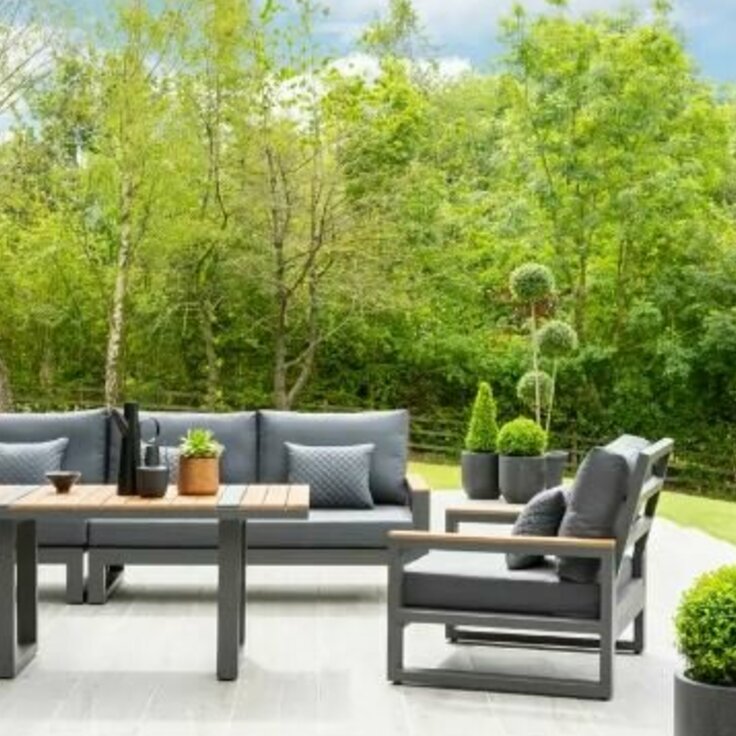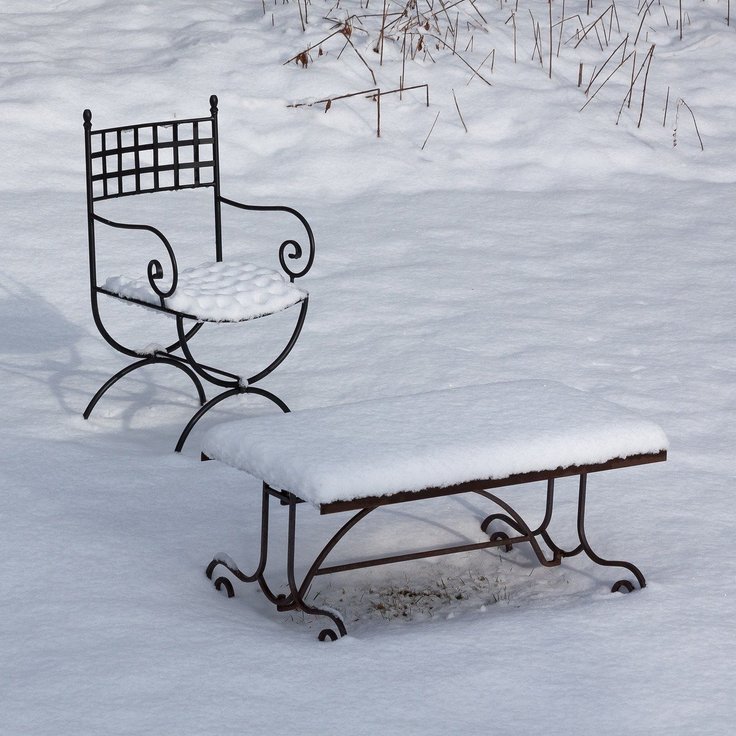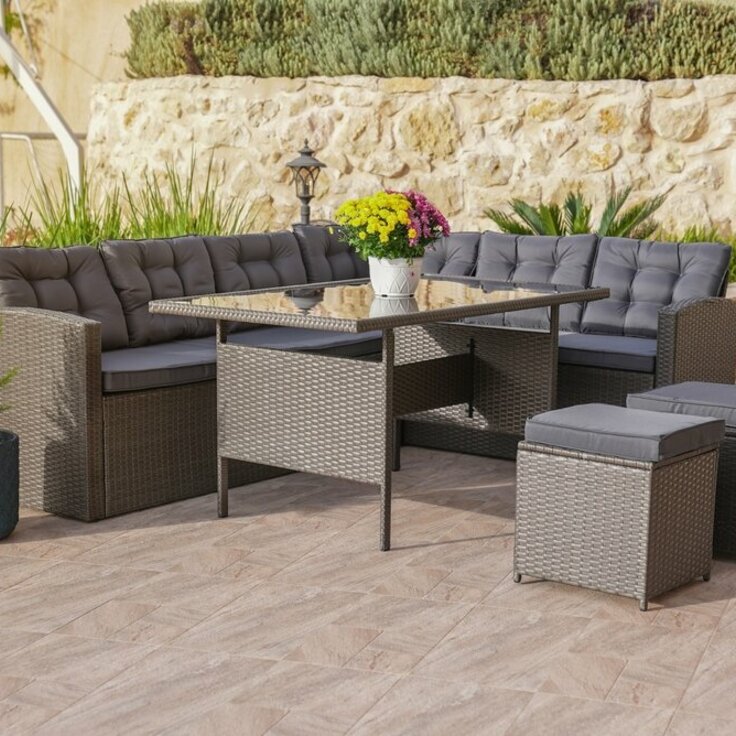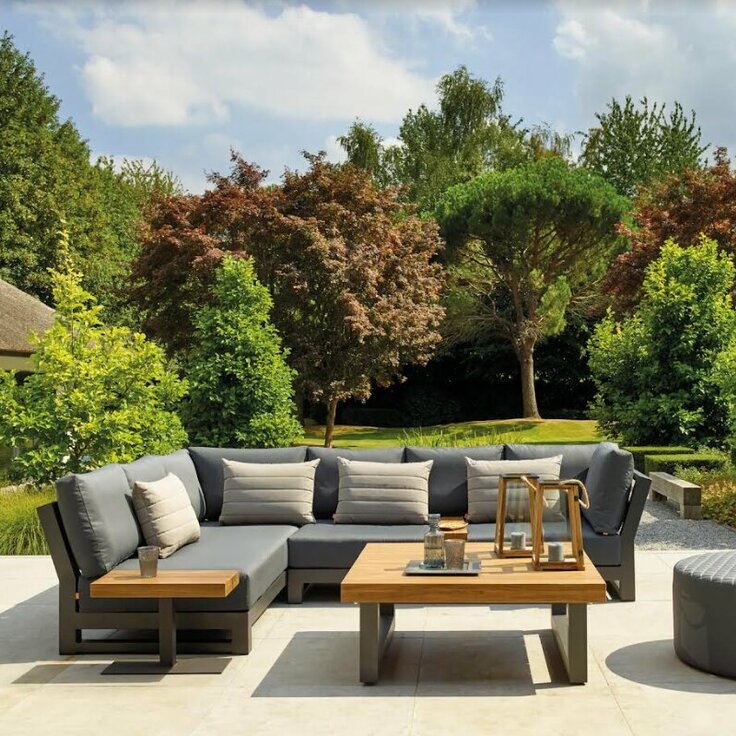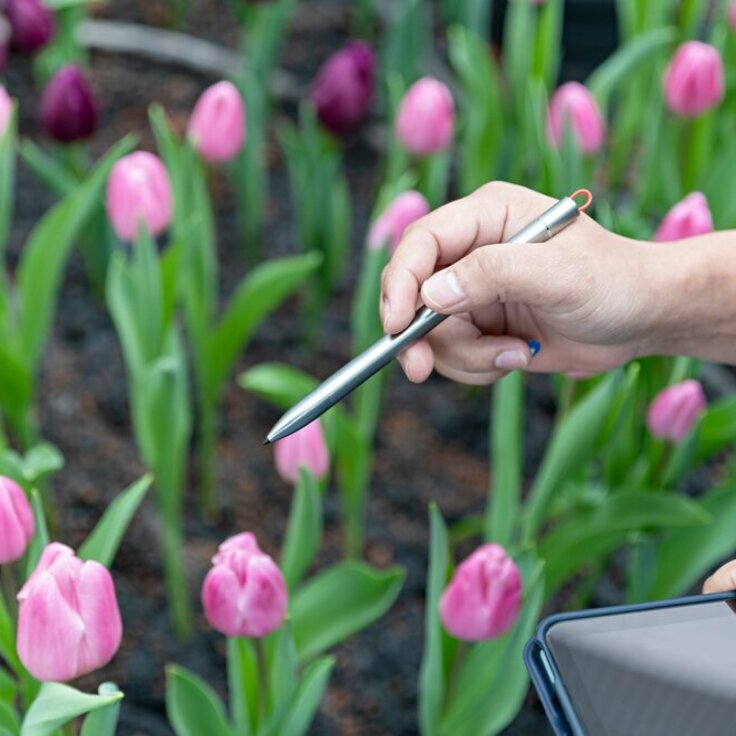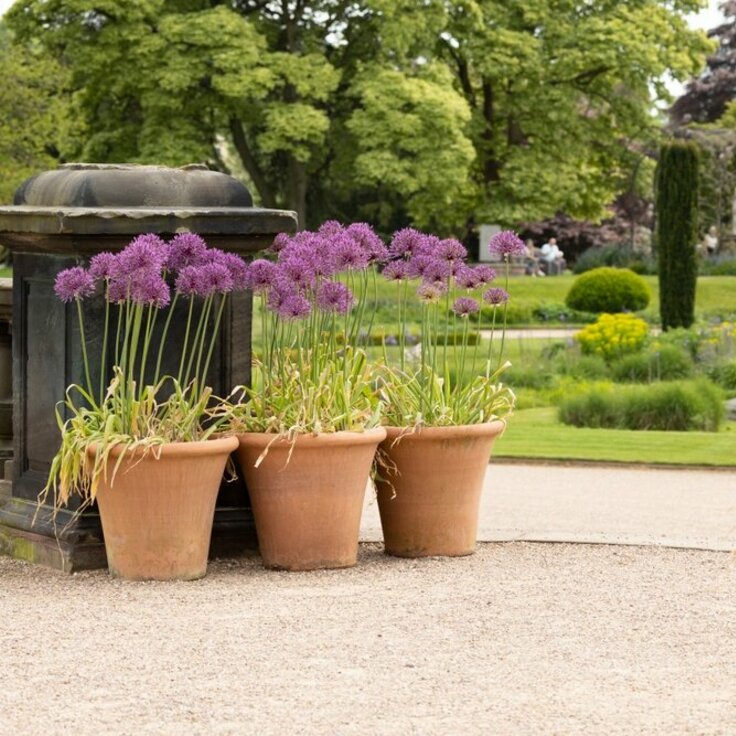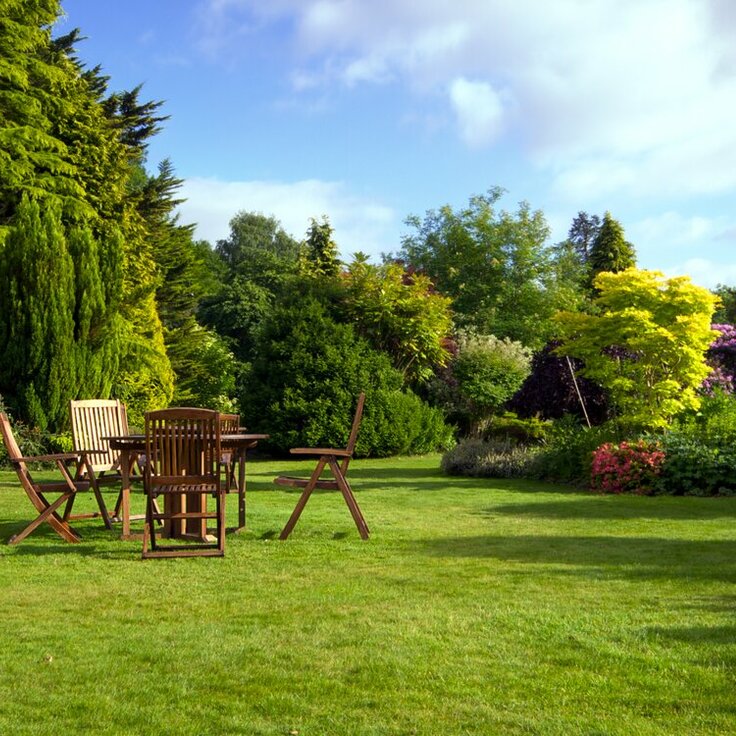Transform Your Outdoor Space: A Step-by-Step Guide to Painting Garden Furniture
Before diving into the painting process, it’s crucial to prepare your garden furniture properly. Start by cleaning the furniture thoroughly to remove any dirt, dust, or old paint. Use a mixture of warm water and mild detergent, scrubbing the surfaces with a brush. If your garden furniture has any rust spots, especially if it's metal, use sandpaper or a wire brush to remove them. For wooden pieces, sanding the entire surface will help the new paint adhere better. Once cleaned and sanded, rinse the furniture and allow it to dry completely.
Choosing the Right Paint
Selecting the right paint for your garden furniture is essential for a durable and attractive finish. Outdoor furniture requires paint that can withstand various weather conditions. For wooden furniture, opt for a high-quality exterior wood paint or a wood stain that offers protection against UV rays and moisture. Metal furniture benefits from rust-resistant paint, often available as spray paint for easy application. Plastic furniture should be painted with paint specifically formulated for plastic surfaces to ensure proper adhesion and durability.
Priming the Furniture
Applying a primer is a step that should not be overlooked, as it ensures the longevity of your paint job. Primer helps the paint adhere better and provides a smooth base for the final coat. For wooden garden furniture, use an exterior wood primer. Metal furniture requires a rust-inhibiting primer, while plastic furniture benefits from a plastic primer. Apply the primer evenly, covering all surfaces, and let it dry according to the manufacturer’s instructions. This step is key to achieving a professional-looking finish.
Painting Techniques
When it comes to painting your garden furniture, the technique you use can significantly impact the final result. For wooden and metal furniture, using a paintbrush or roller allows for better control and coverage. Apply the paint in thin, even coats, allowing each coat to dry before applying the next. This prevents drips and ensures a smooth finish. For intricate details or hard-to-reach areas, spray paint can be very effective. Hold the spray can at a consistent distance and use sweeping motions to avoid overspray and drips.
Finishing Touches
After the final coat of paint has dried, it’s time to add the finishing touches that will protect and enhance the appearance of your garden furniture. For wooden furniture, a clear varnish or sealant can add an extra layer of protection against the elements. Metal furniture might benefit from a clear protective spray that guards against rust and UV damage. For added comfort and style, consider adding new cushions or covers that complement the fresh paint job. Regular maintenance, like cleaning and occasional touch-ups, will keep your garden furniture looking vibrant and new for years to come.

